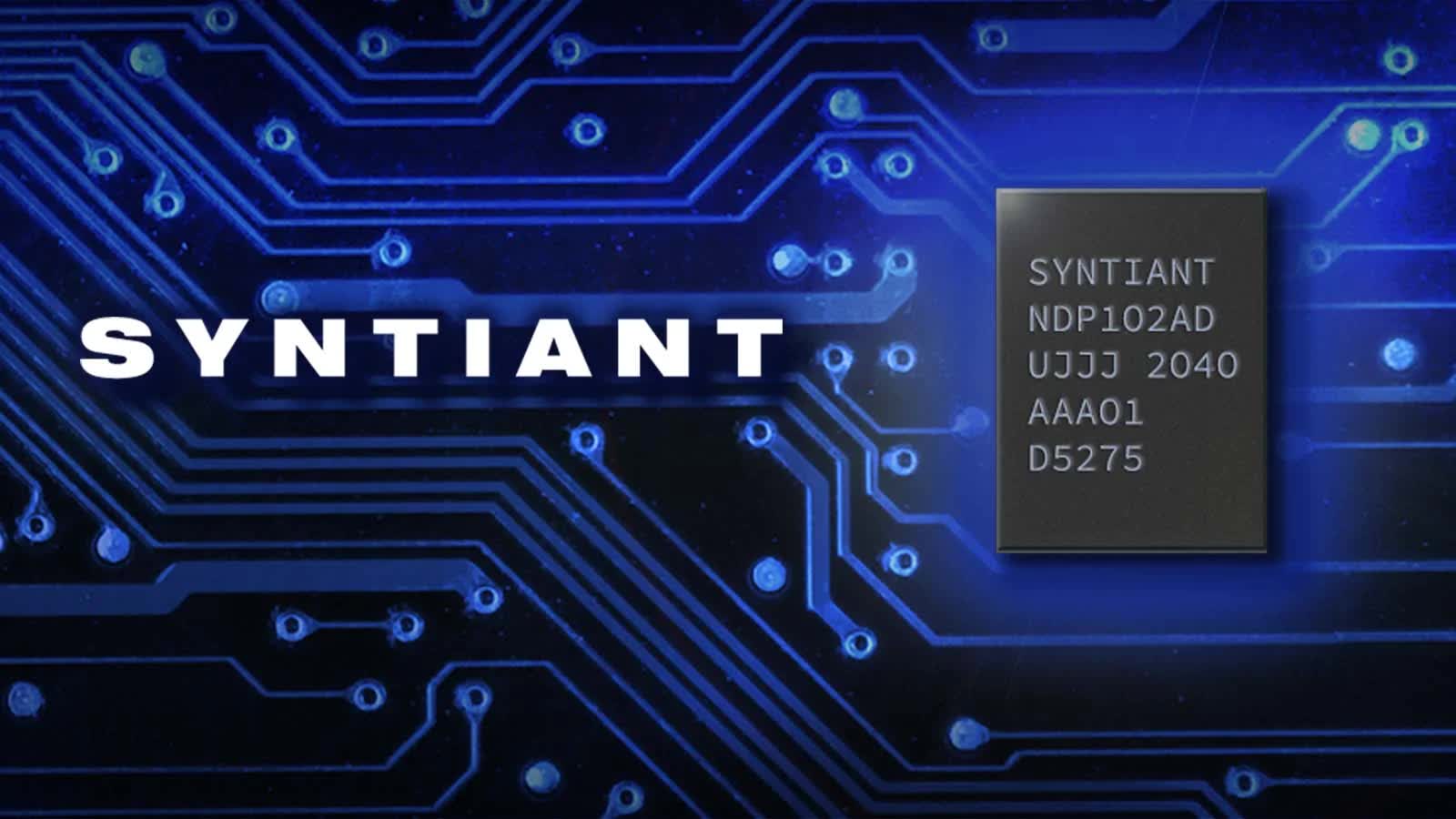What just happened? In the latest entry of Doom running on weird things comes an AI machine-learning chip from Syntiant. That may not sound too exciting initially — it's just another processor. What is remarkable is the meager amount of power it took to run the game.

Launched in 1993, Doom was a popular first-person shooter (FPS). The title was so successful that it is still considered one of the greatest FPS games ever created. Due to its cult following, people have found ways to continue to play the game they love, even if it means going to great lengths to achieve this goal.
In recent years, Doom has become a poster child for being played on unconventional devices. Some of the most creative include a McDonald's cash register, a Milky Way, and a singular Lego brick. The latest entry may not be as strange, but it's certainly one of the more impressive implementations.
Syntiant is a company that makes processors focused on AI and neural network usages, such as Amazon Alexa and Ok Google. The company designs its chips with a low power draw while still having exceptional performance.
The NDP200 is one of Syntiant's processors designed to wake larger systems when it detects "key events," such as video or audio signals — "Hey, Siri, for example. Last month, Syntiant documented the power of the NDP200 by having it play Doom. Incredibly, the chip only drew a thousandth of a watt while running the game.
The test's purpose was not to show off the doom-slaying skills of the NDP200. Syntiant used it to demonstrate the NDP200's efficiency when performing "bounding-box person detection," which usually requires a much more robust processor. Syntiant believes the NDP200 and similar chips could prove helpful in saving power in home and car security systems.
Syntiant also explained the machine learning side of the NDP200, noting that the AI learned to play Doom better over time. At first, the chip would reload the magazine after nearly every kill in the game. Later, it began to conserve ammo instead. Perhaps this could mean Syntiant's processors can learn to become more efficient and accurate with detections as its usage continues.
While the AI may have only been spinning in a circle and firing at detected objects, it still only required a milliwatt of power. The device you're reading this on has a power draw hundreds or thousands of times higher than the NDP200 had as it was playing Doom. It's rather impressive.
Found is a TechSpot feature where we share clever, funny or otherwise interesting stuff from around the web.
https://www.techspot.com/news/97796-neural-chip-plays-doom-while-only-drawing-one.html